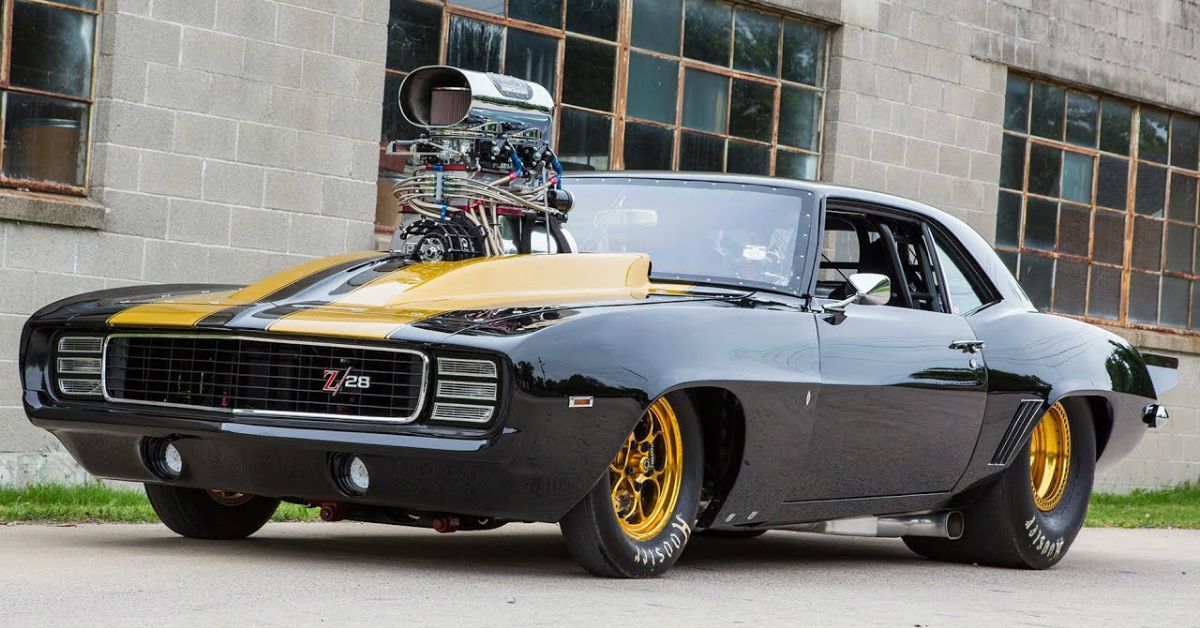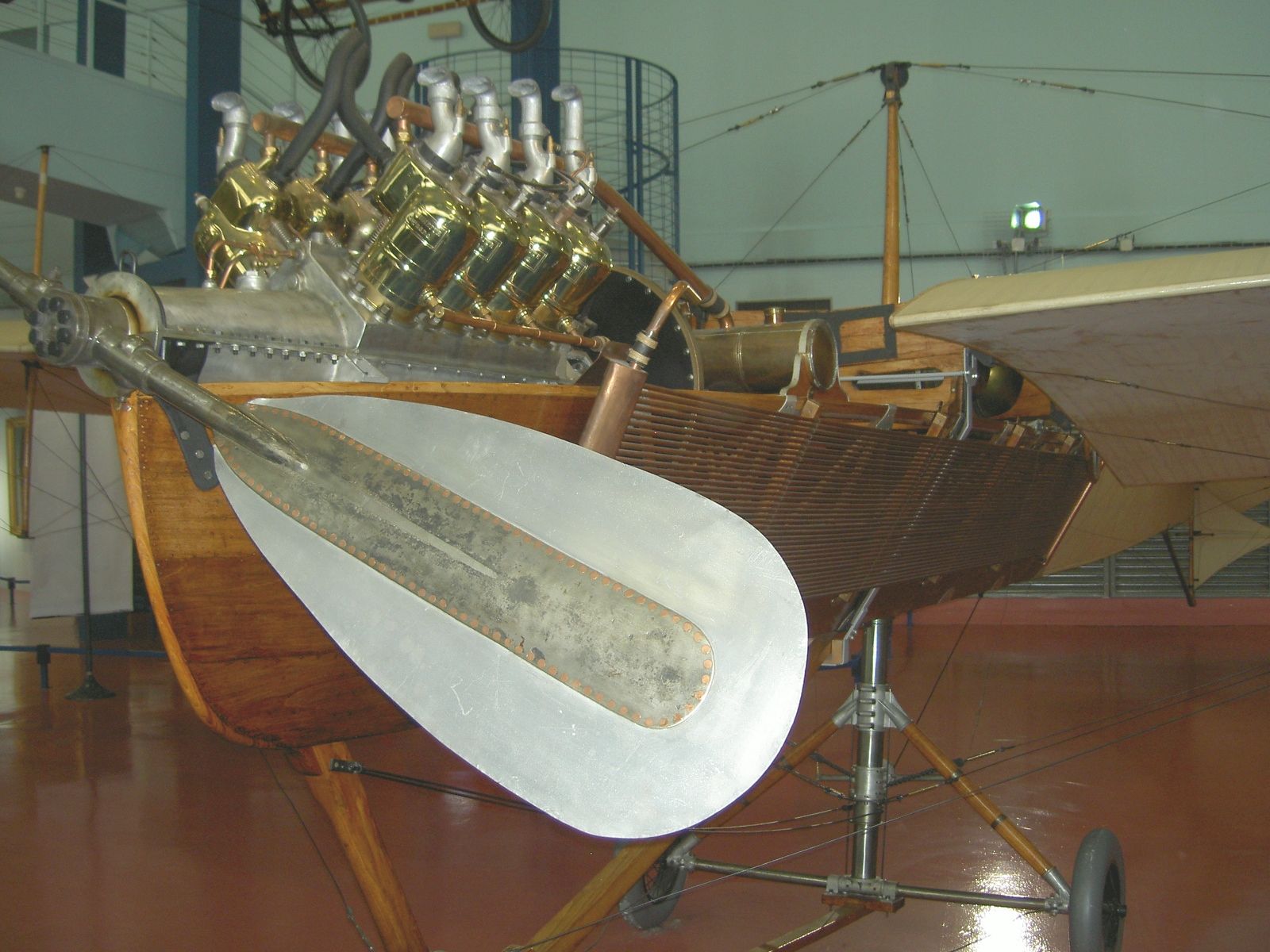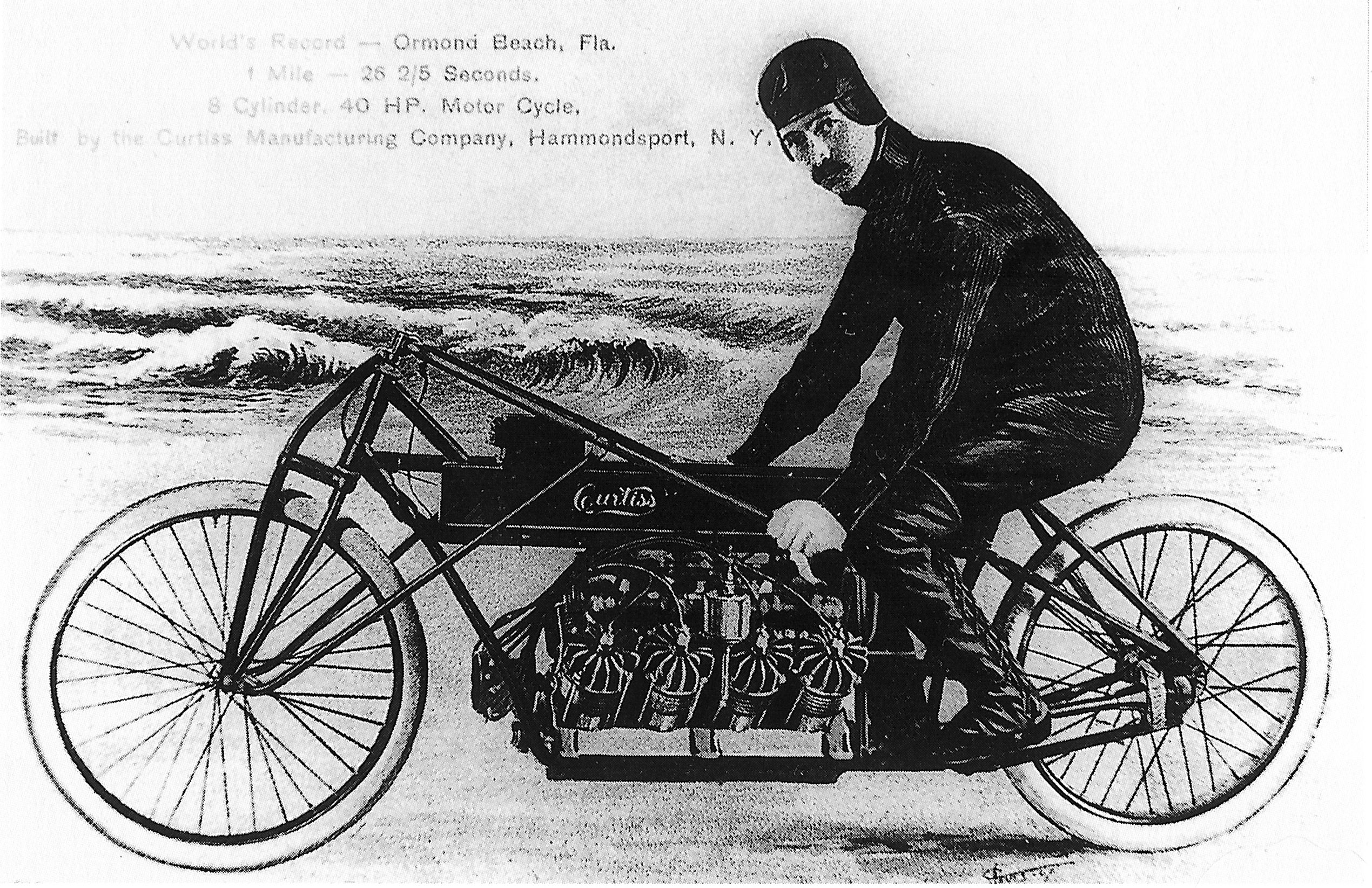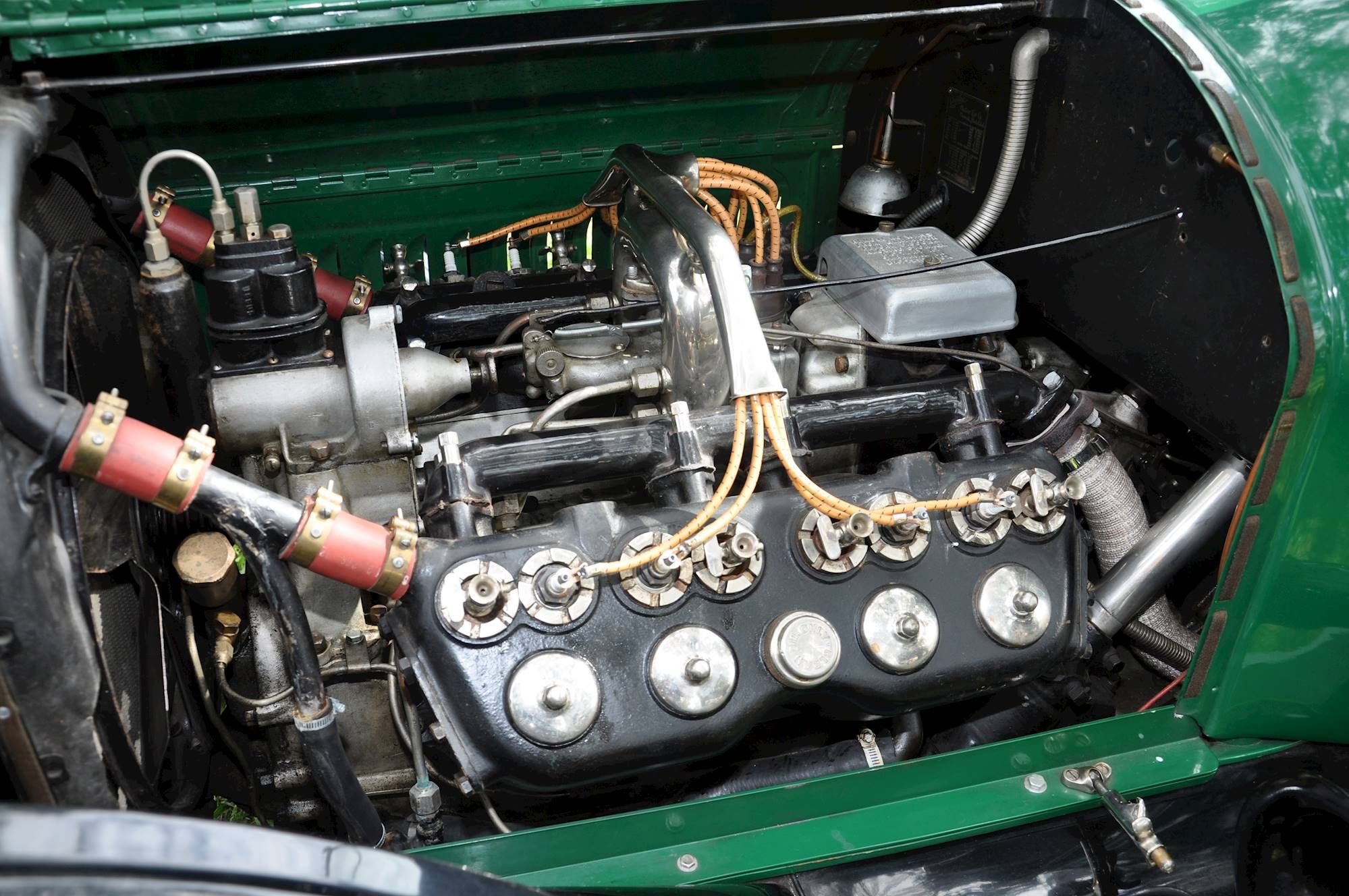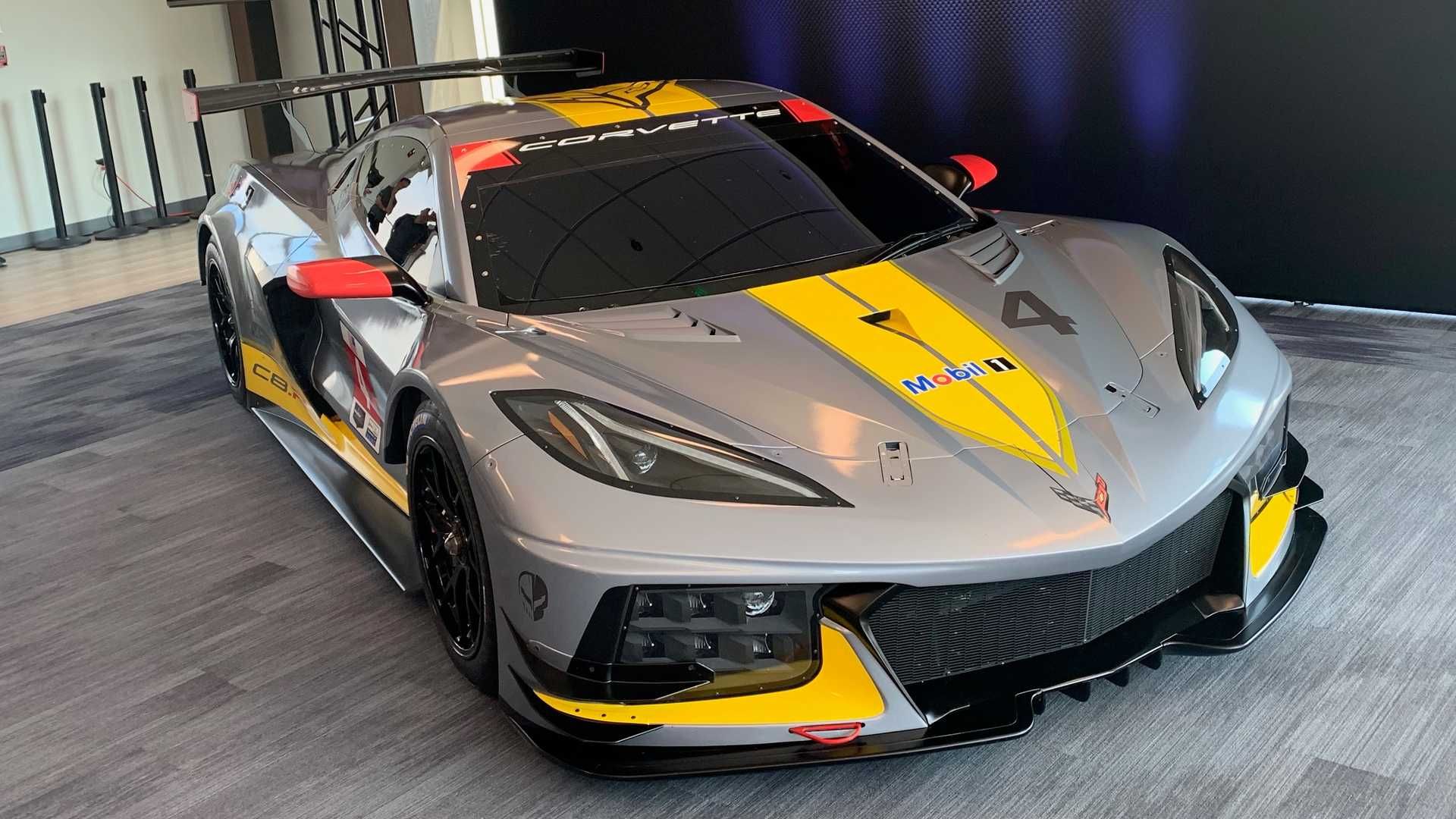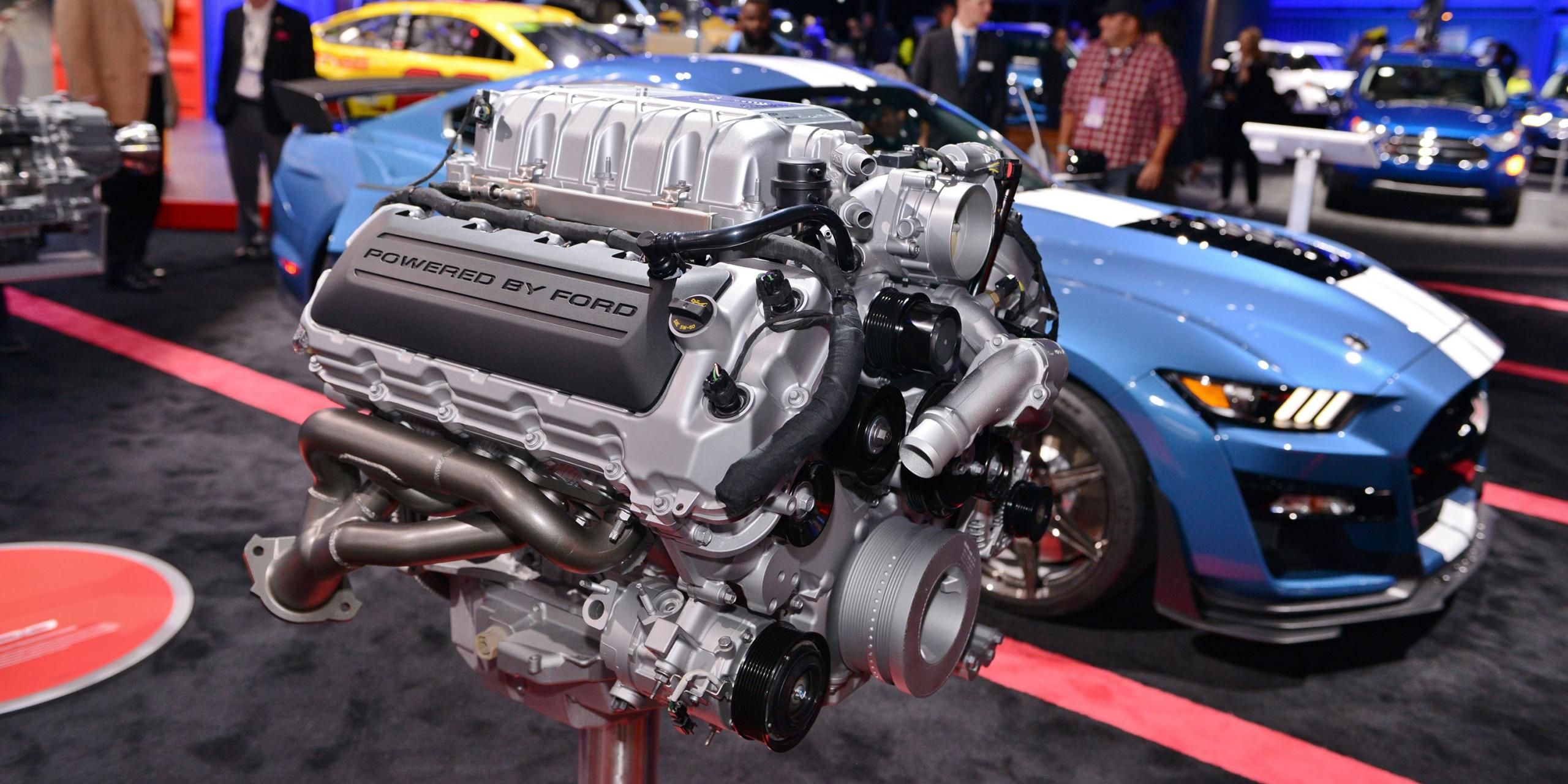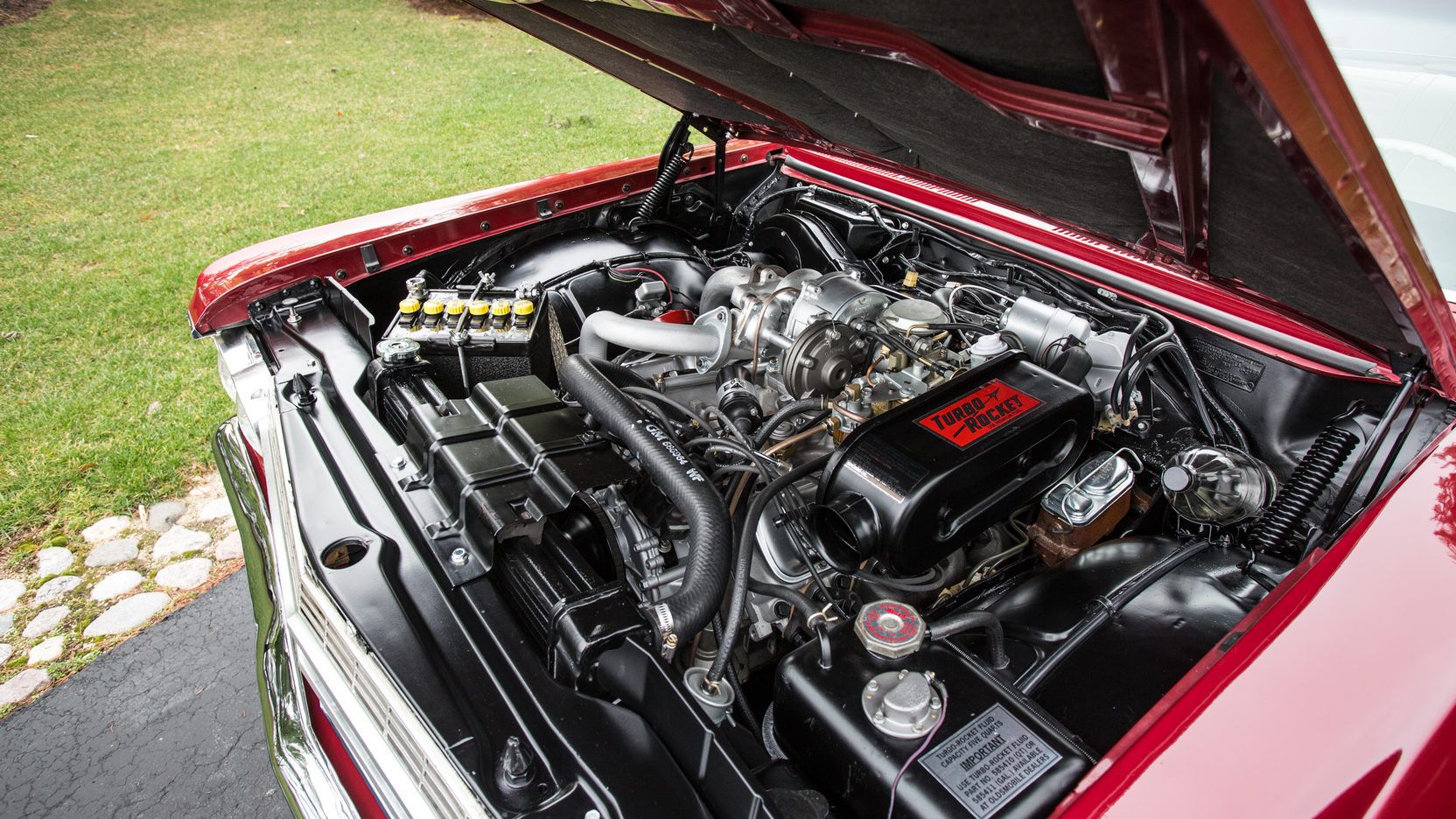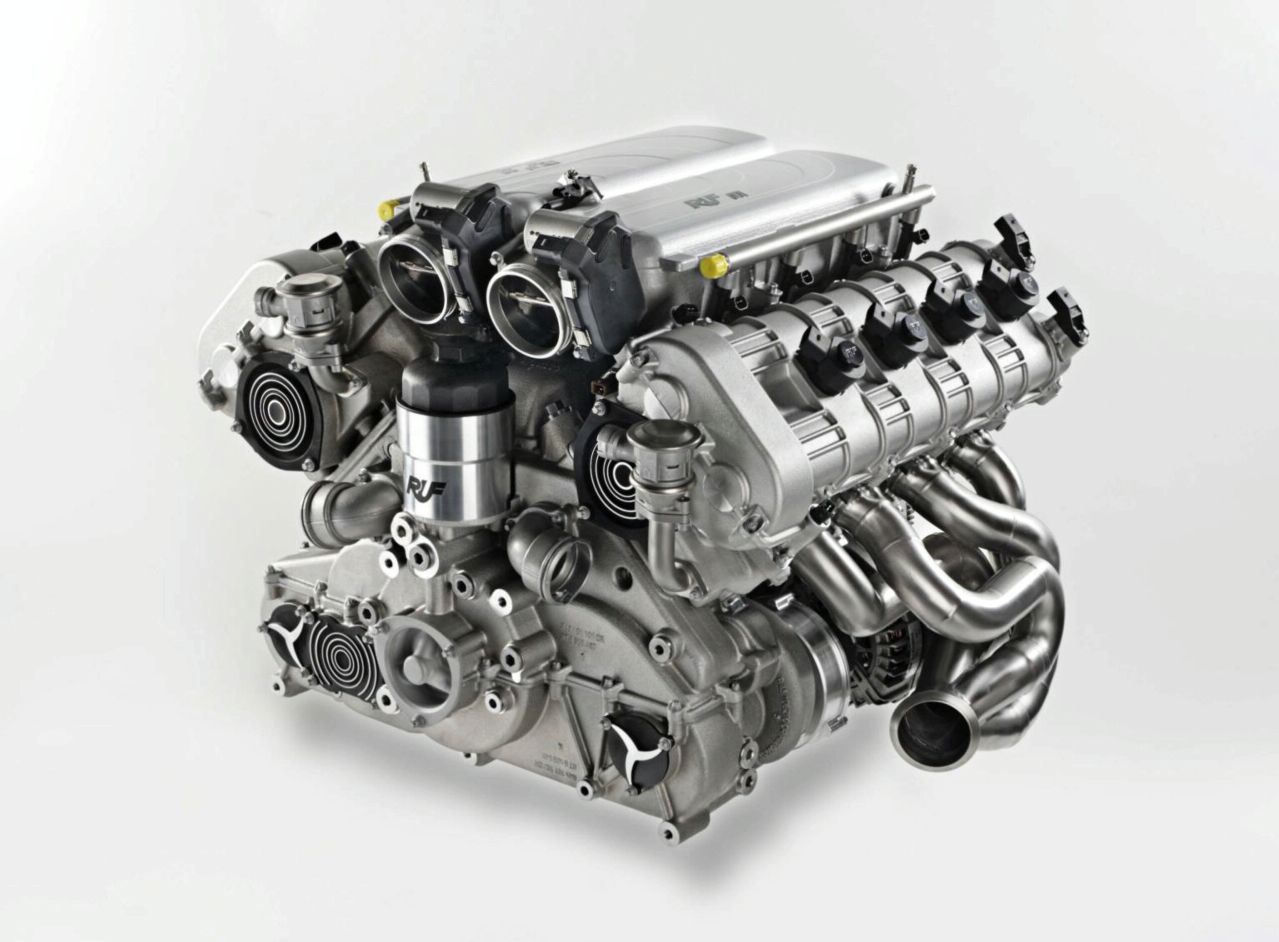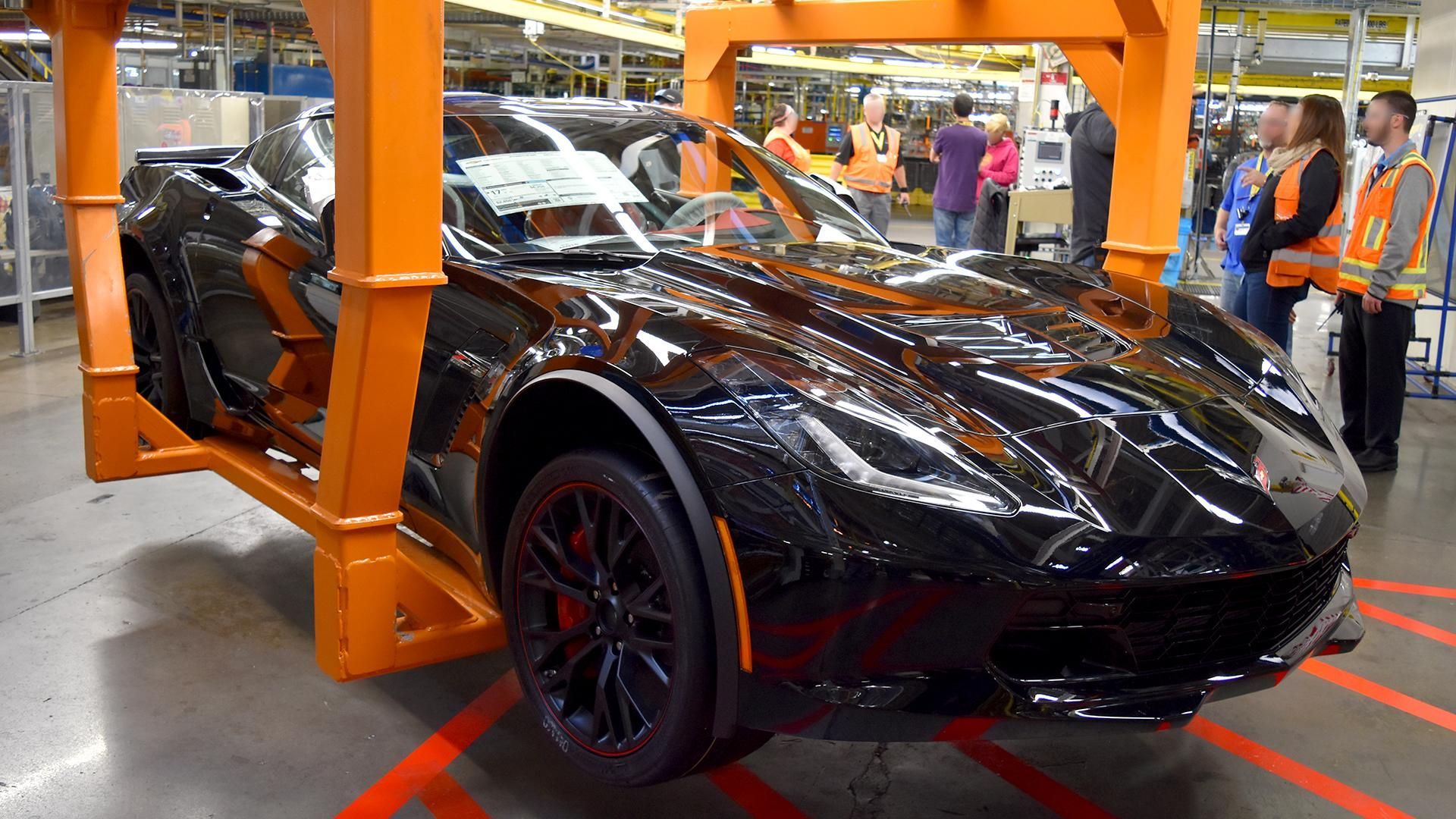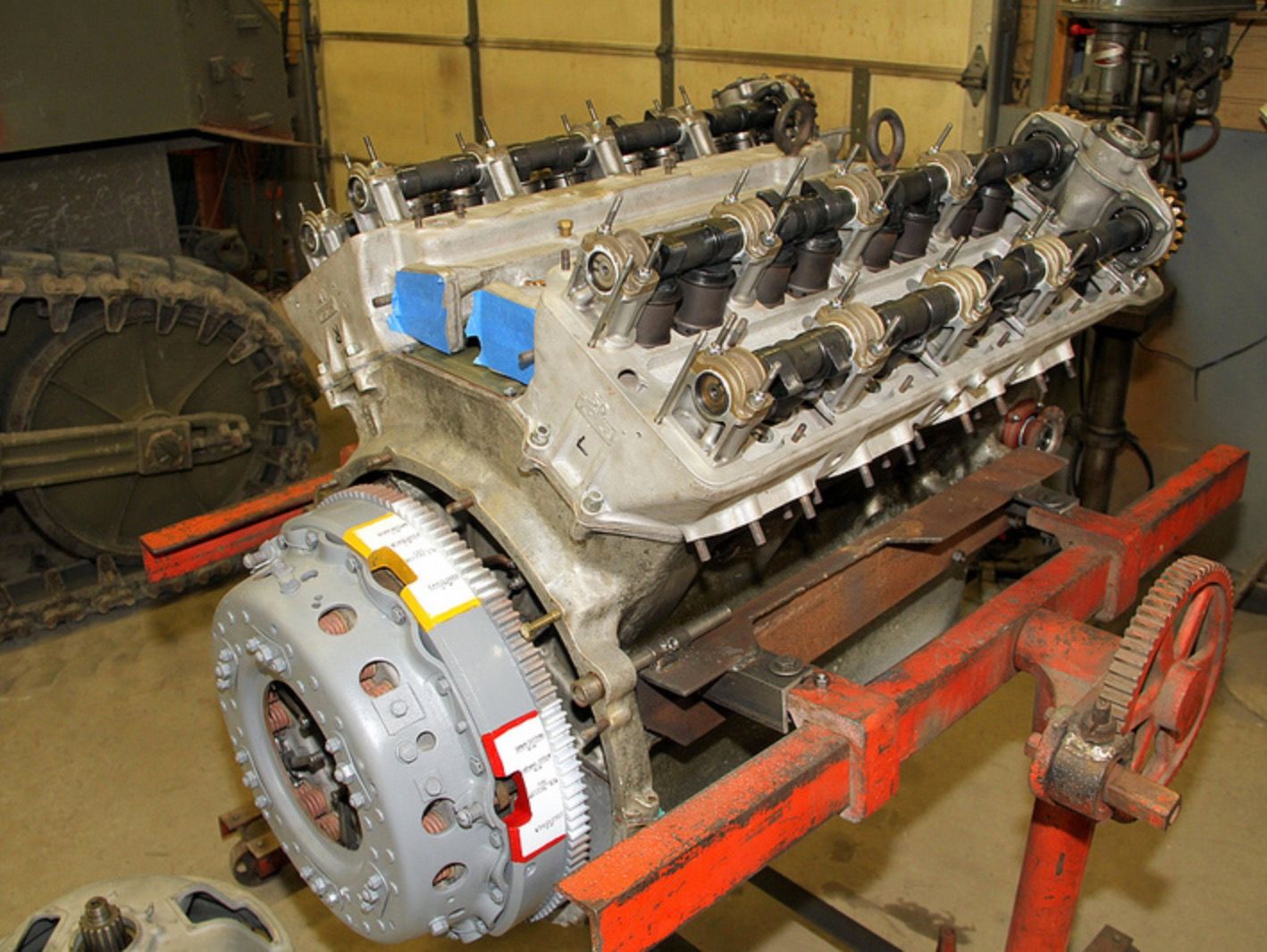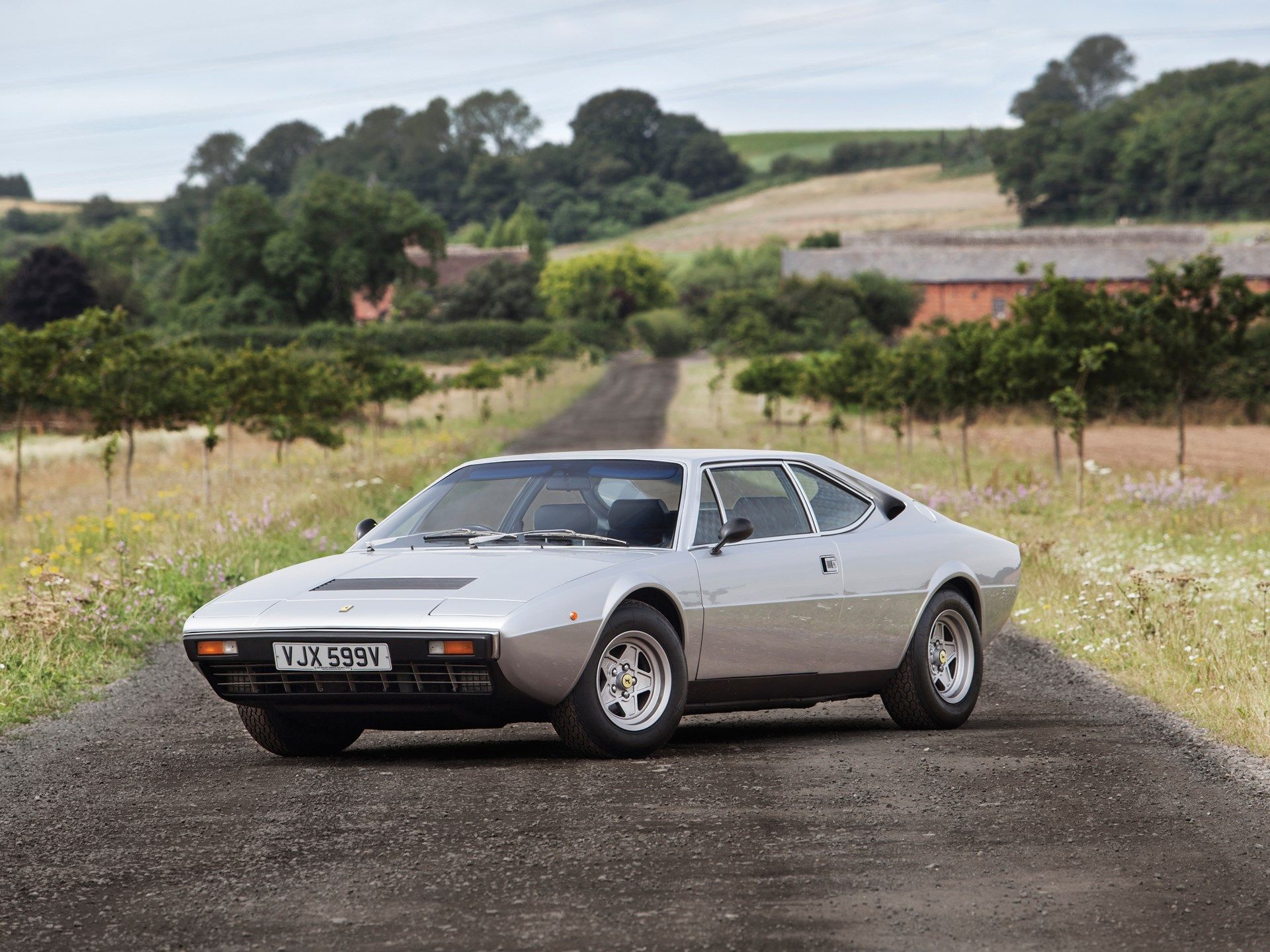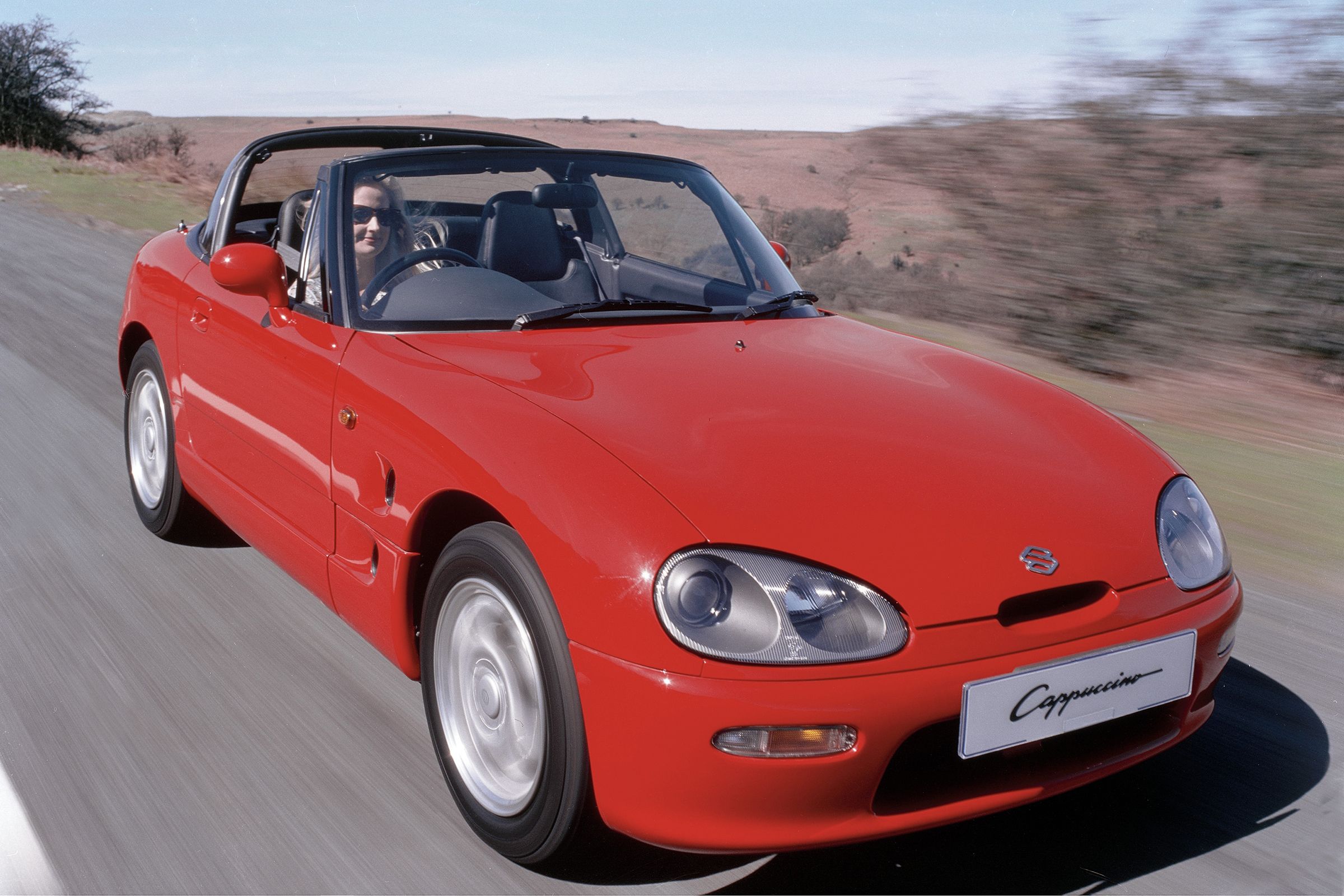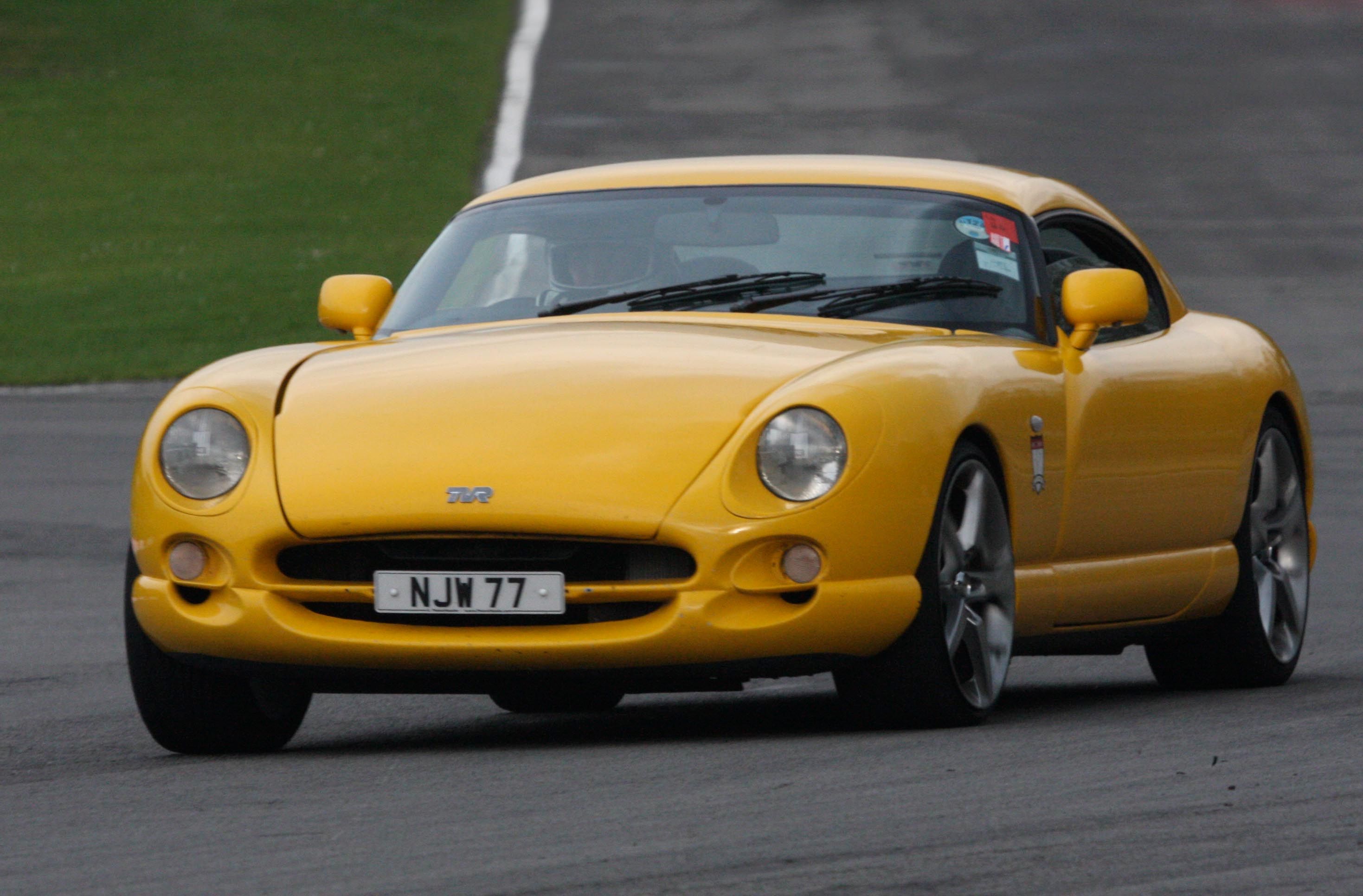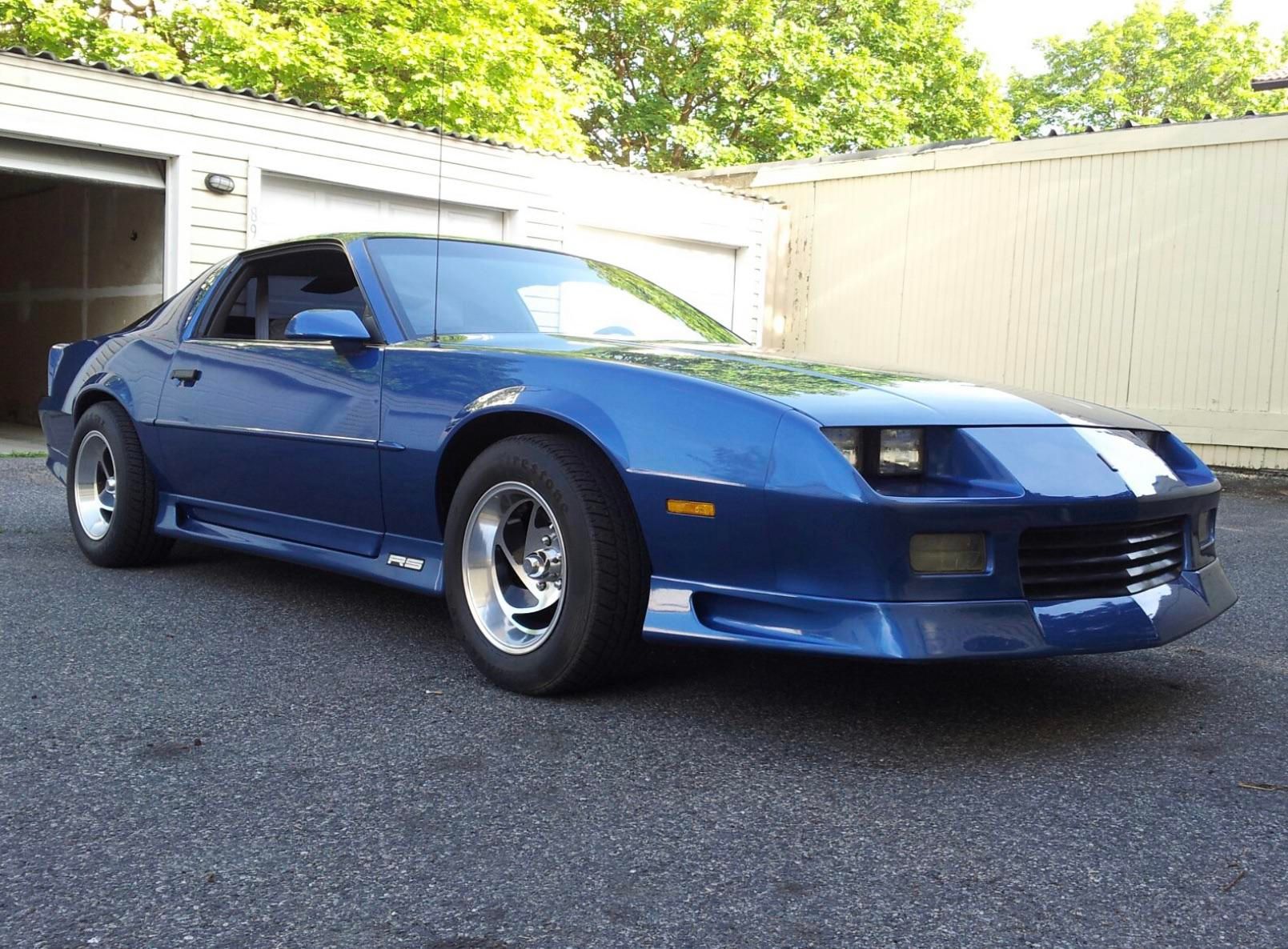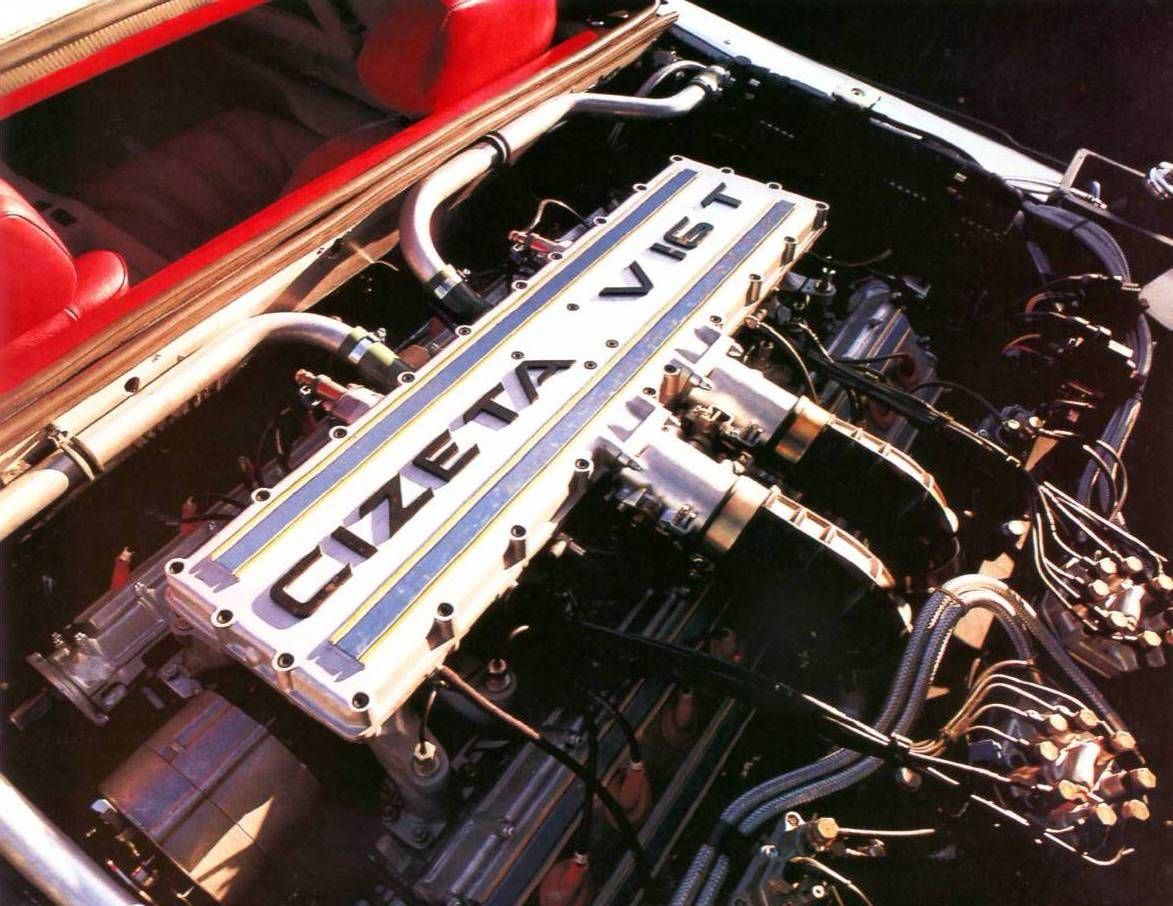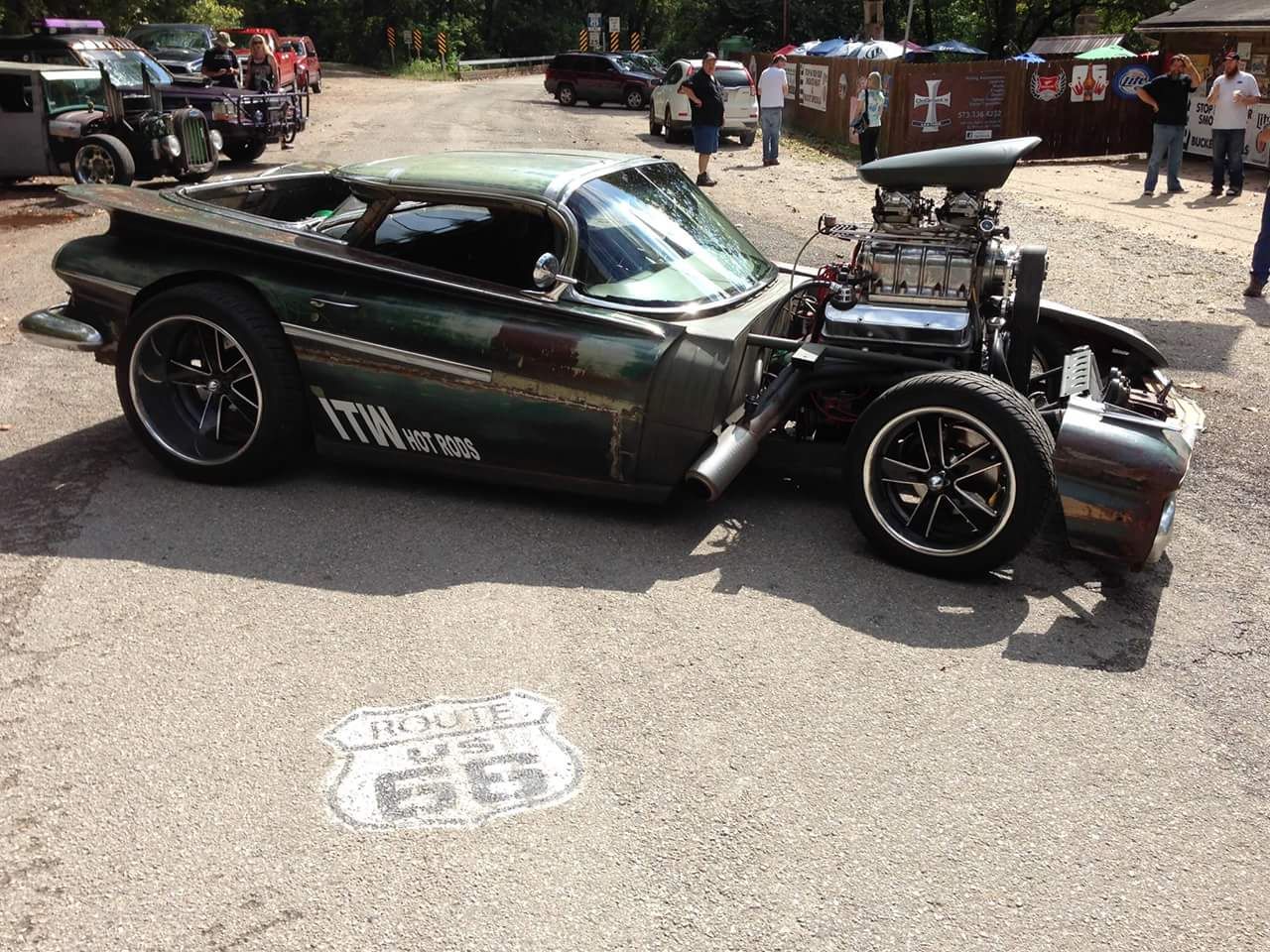What does the M4 Sherman Tank, a Mercury Speedboat, and a Ferrari 360 Modena have in common? A V8 engine. The V8 is synonymous with speed. It's the basic framework for the heart of so many of our favorite cars no matter where our personal allegiance may lie.
These days we're starting to see more and more manufacturers putting away their V8 designs and moving to smaller engines with turbos or other supplements to give them V8 style power without the fuel penalty that also comes with eight thirsty cylinders.
While the V8 will never truly die it will certainly be more sparse in the decades to come. Despite that, it has cemented its place in the history books as not only one of the greatest designed engine platforms but in reality, it's also been something that's been a part of mankind advancing in a large way.
Today we look at 15 things you probably don't know about the V8. We'll talk about its history. We'll look at some of its design features and unique examples. You'll find out why this engine is such a staple of automotive companies around the world.
15 The First V8
This airplane was the first time anyone built and then used a V8. It happed all the way back in 1904 and was invented in France by a company called Antoinette. It also helped dominate the speedboat races of the time before becoming what we know it as today.
14 Records Are Made To Be Broken
The man you see above you had some serious confidence. Glenn Hammond Curtiss was a pioneer of multiple forms of transformation, and in 1907 he took the motorcycle you see above up to 136 mph. At the time that was good enough to hold the land speed record. This was the only time in history a motorcycle could claim that title.
13 America Gets In On The V8 Trend
What you see above is the first use of a V8 in an American production car. Despite not looking much like the engines we're familiar with today it was in a familiar brand, Cadillac. Built for the luxury car, the Type 51, this motor has won many awards for its excellent design.
12 Crankshaft Options
The crankshaft in your car almost certainly has what is called a cross-plane crankshaft. It's a complex piece of kit that times your pistons and allows for less vibration and noise. Some cars sold today have a flat-plane crankshaft which is exactly what it sounds like. Simpler to make but can produce higher rev limits while also shaving weight.
11 Flat Plane Crankshafts Are Special
The flat plane does add vibration, but because it's symmetrical it can be created in one solid piece of metal. This means lighter construction and added strength go into the engine. Add to it a very special noise only made my flat-plane engines and you can see why Ford used it in their new Mustang.
10 The Jetfire Was Decades Ahead
What you're looking at was a V8 muscle car made in the '60s that had 10.25:1 compression. It also had a turbocharger. Today this would be pretty easy to make but back then they needed a way to keep this thing from blowing itself to bits with all that pressure.
That's where Oldsmobile’s Turbo Rocket Fluid came in. This was mostly water with some extra ingredients that helped to cool the cylinders between compression strokes much in the same way that BMW does today.
9 Degrees Matter
What you see above is the most popular version of the V-8. The degree at which the banks separate is important to V8s. 90 degrees happens to be the best configuration to reduce vibration and noise. The downside is a wide motor that may not fit in the space provided.
8 Small Block VS Big Block
This is a comical question that reminds me of the new Mercedes and BMW nomenclature. In much the same way that a 535i doesn't have a 3.5-liter motor anymore, it can be tough to really determine the difference.
General rules to follow are that the bigger the displacement the better a chance that it's a Big Block. Also, Big Blocks are less likely to be 90-degree motors, again because of fitment issues. Here's a great guide on the little details that will help you determine what's what.
7 The Biggest V8
That's the Ford GAA motor build for the Sherman tank. It's actually been reduced from what was a V12 and rebuilt into a smaller, lighter, and more manageable v8. At over 17 liters this truly is a powerhouse.
6 The Smallest V8
Ferrari being Ferrari decided it wanted to have a small, nimble but still powerful car and decided to put together a 2.0 liter V8 for a few of their little cars in the 70s. They even built a turbo version that put out 251 horsepower.
5 Suzuki Nearly Made A Smaller V8
Back in 1997, Suzuki debuted its C2 Concept. It was basically the Cappuccino you see above you with some styling flares. They wanted to put a twin-turbo V8 in it and they actually built a few for demonstration. It would've displaced only 1.6 liters.
4 TVR Built A Unicorn
The Cerbera holds a special place in my heart. Originally it came out with a Rover 6 cylinder that was good but nothing truly special. They had been developing the motor that would finally go into the "Speed 8" Cerbera and win many awards. The main creator is still working to use a newer version in another car.
3 The Weakest V8
V8s aren't always powerful. Put enough restrictions on them and you'll find that they can be complete dogs. Chevrolet knows all too well about this as the Camaro pictured above made a paltry 143 horsepower despite being a 6.2-liter engine. Today that kind of weak output would get an engineer fired.
2 Double V8s
You hear the term V8, V6, V10 all the time and then every great once in a while you hear "W" with usually a 12 or 16 after it. Developers almost never go to the trouble of actually building a whole new architecture. They do something similar to what Cizeta did. They shoehorn two V8s in next to each other, mate them at the crankshaft and call it good.
1 They All Have A Unique Sound
I don't know about you, but just looking at the car above I can nearly hear it. That burbly, loud, feral noise is something you only get out of a V8. If you listen to the soundtrack of other engines you'll find major changes in pitch all based on cylinder count so V8s are unique, regardless of their crankshaft. They all make a noise no other engine could hope to.

